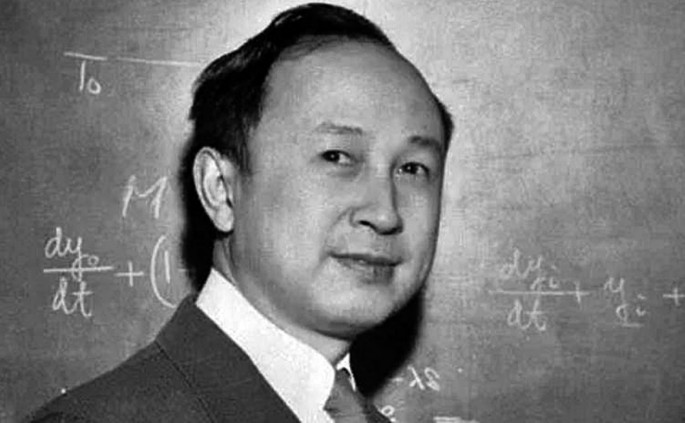Qian Xuesen, acknowledged as the "Father of Chinese Rocketry" and one of the men responsible for building China's first atomic and hydrogen bomb, will have a special place of honor at a new exhibition displaying the progress of China's military missiles over the past six decades.
Qian, who was also known as Hsue-Shen Tsien, contributed greatly to the development of the Dongfeng family of ballistic missiles that now form the backbone of China's strategic rocket forces operated by the People's Liberation Army Rocket Force or PLARF.
He died in 1999 at the age of 98. He was described as "an undisputed genius" by one American scientist who worked with him in the 1940s. After working in the United States starting in 1935, Qian returned to China in 1955.
The People's Liberation Army (PLA) reported that the construction of an exhibition featuring China's missile weapons equipment and technology at the Military Museum of the Chinese People's Revolution at the Haidian District in Beijing began Feb. 17.
The museum displays restored military weapons and equipment from the history of PLA, up to and including modern-day weapons. The exhibition will be located at the museum's science and technology hall, which includes 10 sections and covers an area of about 10,000 square meters.
The museum was opened to the public in August 1960 as the only state-level military museum in China.
Construction of the exhibition should be completed by the end of June. PLA said the exhibition will be the only one of its kind in the country.
Missiles will figure prominently in the new exhibition. The PLA said the exhibition w be an educational base for promoting patriotism, in addition to being a popular science park for defense weapons and equipment.
The museum in February 2016 signed an agreement with China Aerospace Science and Industry Corporation, a major missile weapon equipment developer, to jointly build the exhibition.



























